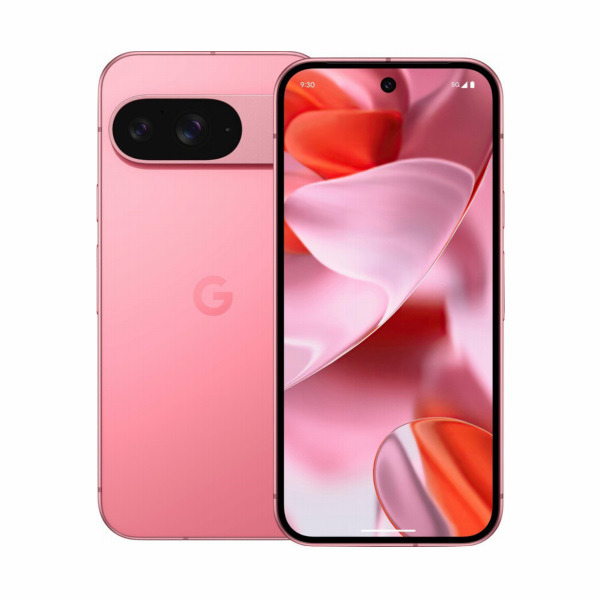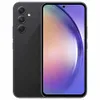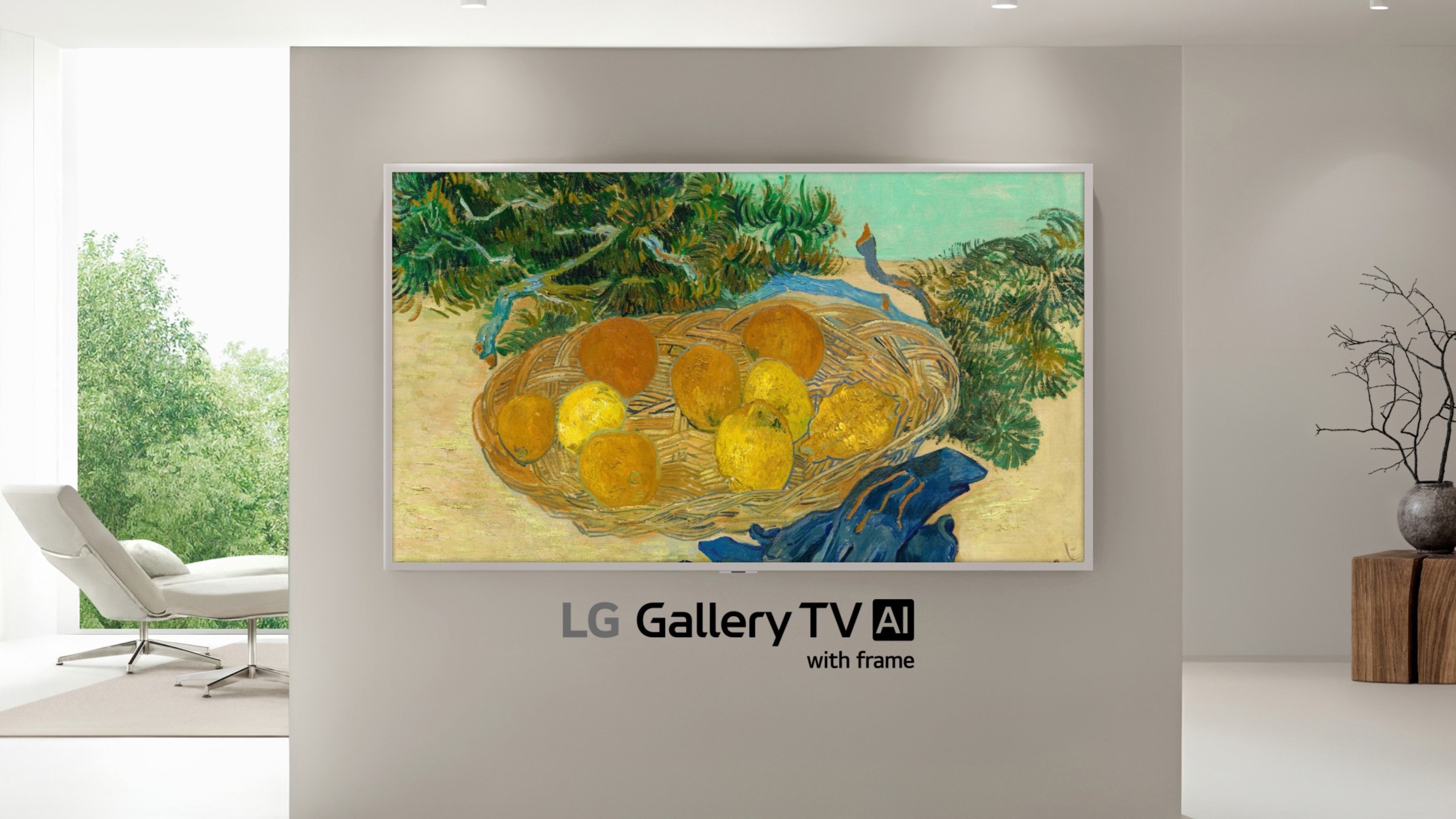Google Pixel 9 vs. Pixel 8: Here are all biggest differences
AI features make all the difference
Google Pixel 9 vs. Pixel 8: Specifications
| Row 0 - Cell 0 | Google Pixel 9 | Google Pixel 8 |
| Starting price | $799 | $699 |
| Screen size | 6.3 inches | 6.2 inches |
| Refresh rate | 120Hz | 120Hz |
| CPU | Tensor G4 | Tensor G3 |
| Memory | 12GB RAM | 8GB RAM |
| Storage | 128GB, 256GB | 128GB, 256GB |
| Rear cameras | 50MP main, 48MP ultrawide | 50MP main, 12MP ultrawide |
| Front camera | 10.5MP | 10.5MP |
| Battery size | 4,700 mAh | 4,575 mAh |
Google Pixel 9 vs. Pixel 8: Release date and price

The Google Pixel 9 starts at $799 / £799 for the 128GB version, which is $100/£100 more than the equivalent Pixel 8 would have cost you last year. A 256GB model is also available for an extra $100. There are three color options available, Obsidian, Porcelain, Wintergreen and Peony. Which are fancy ways of saying black, white, mint green and pink.
Meanwhile, Google launched the Pixel 8 back October 2023 with a $699 starting price for the base model. Three different color options were available at launch (hazel, obsidian, and rose), but a mint color option was later added — giving you four color options in total.
Google Pixel 9 vs. Pixel 8: Design and display

The Google Pixel 9 has a brand-new design with more rounded edges and a reduced camera bump. This makes it much more comfortable to hold in the hand. While the two phones are roughly the same size, the new Gorilla Glass Victus 2 cover makes Google Pixel 9 much more durable than the Google Pixel 8.
The Google Pixel 9's new Actua display delivers an impressive 1,769 nit brightness in our testing, which is brighter than the Pixel 8's peak output of 1,349 nits. The Google Pixel 9 offers a much better screen experience in any light condition.
| Row 0 - Cell 0 | Google Pixel 9 | Google Pixel 8 |
| Display size | 6.3-inches | 6.1 inches |
| Brightness (nits) | 1,769 | 1,349 |
| sRGB color spectrum | 119.4 (Adaptive), 106.6 (Natural) | 126.7 (Adaptive), 108.3 (Natural) |
| DCI-P3 color spectrum | 84.5 (Adaptive), 75.5 (Natural) | 89.7 (Adaptive), 76.7 (Natural) |
| Delta-e rating | 0.3 (Adaptive), 0.2 (Natural) | 0.26 (Adaptive), 0.15 (Natural) |
Finally, the Google Pixel offers users four color options, Obsidian, Porcelain, Wintergreen and Peony. Meanwhile, the Pixel 8 only featured three color options, Rose, Hazel and Obsidian. For the most part, there isn't that much difference, but it's nice to have options.
Google Pixel 9 vs. Pixel 8: Cameras

The Pixel 9 comes with two back cameras, a 50MP wide camera with a ƒ/1.68 aperture and an 8x Super Res Zoom. There is also a 48 MP Quad PD ultrawide camera with autofocus and an ƒ/1.7 aperture. In comparison, the Pixel 8 has a 50MP main ƒ/1.68 with 8x Super Res Zoom and a 12MP ultrawide ƒ/2.2. As you may have noticed, there isn't much difference between the two phones' camera options.
The same goes for the selfie camera, with both coming with a 10.5MP front camera. It is a bit disappointing that Google hasn't fully upgraded all of the cameras, but the improved ultrawide is a nice touch. In all honesty, it appears that the main camera hardware improvements went to the Pixel 9 Pro and Pixel 9 Pro Xl.
Get instant access to breaking news, the hottest reviews, great deals and helpful tips.
Google Pixel 9 vs. Pixel 8: Performance
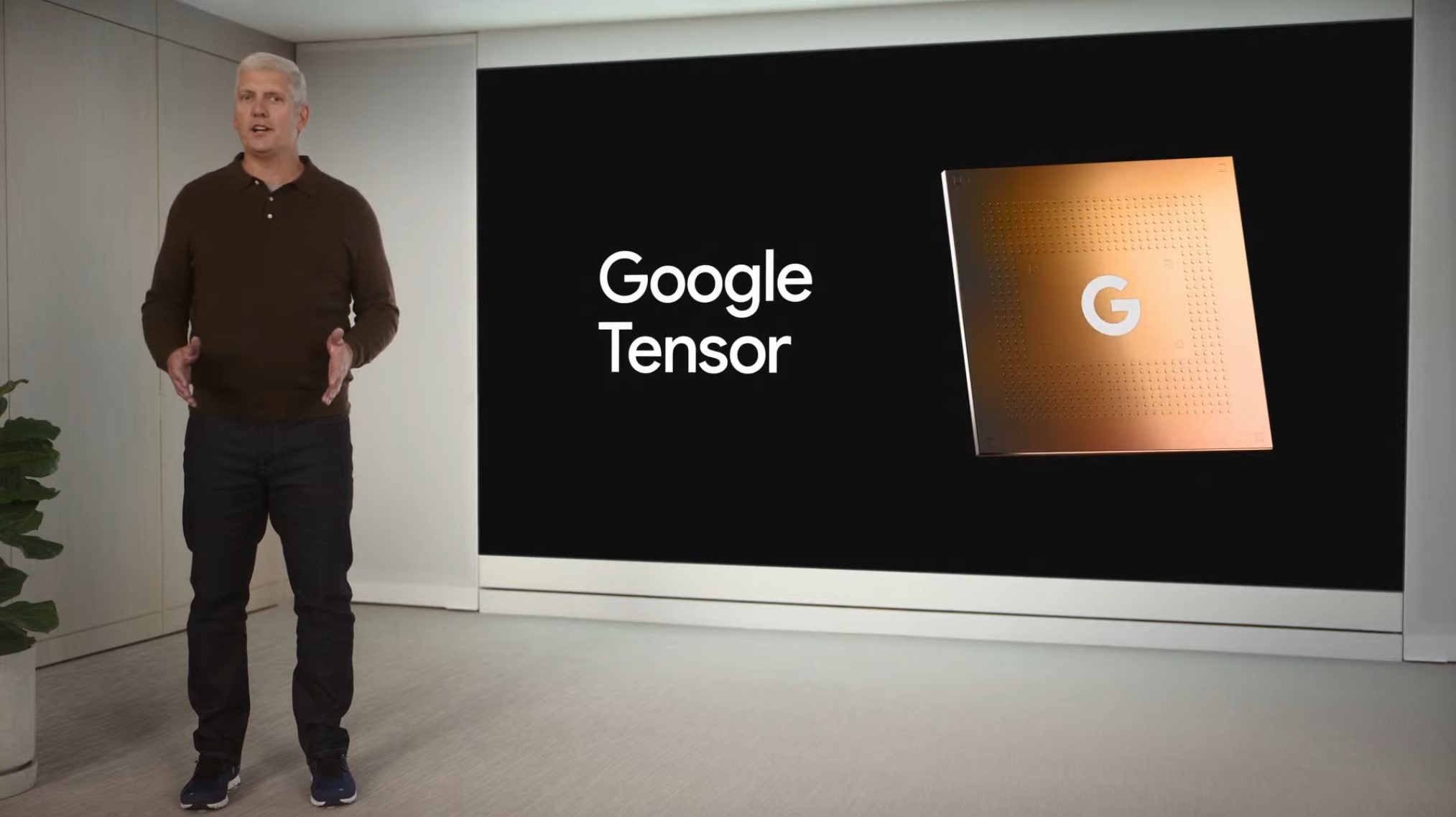
The Pixel 9 comes with the Tensor G4, which Google is designed to focus on AI and comes on every Pixel 9 series. Unfortunately, it doesn't yield as big of as a gain as we'd like to see over the Pixel 8's Tensor G3 processor. Both Geekbench and 3D Mark's Wild Life Unlimited tests show minor improvements. But nevertheless, the Pixel 9 exhibits smooth responses and can still tackled even some of the most intensive gaming titles out there.
On the plus side, Google has upgraded the RAM in the phone, with the Google Pixel 9 coming with 12GB of RAM compared to the Google Pixel 8's 8GB. This was likely changed to help the Google Pixel 9 handle the new AI features, as well as being able to handle more apps without having to refresh them from memory.
| Row 0 - Cell 0 | Google Pixel 9 | Google Pixel 8 |
| Processor | Tensor G4 | Tensor G3 |
| Geekbench (single core/multicore) | 1,758 / 4,594 | 1569 / 3744 |
| WildLife Unlimited(fps) | 55.71 | 54 |
The memory options haven't seen an upgrade, with the Pixel 9 having the same 128 GB and 256 GB options as the prior phone. It's worrying that with the ability to generate images, and the improved AI editing software, the memory will likely fill up quickly. While we would have rather seen the standard issue memory upgrade to 256 GB, there is still the option to upgrade.
Google Pixel 9 vs. Pixel 8: Software

The Pixel 9 did not come with Android 15 at launch, going with Android 14 instead. Usually the latest Pixels launch with the newest version of Android, but Google packages in some great new features with the Pixel 9.
The biggest improvement coming for the Pixel series is the inclusion of the new and improved Gemini Nano. The new AI is stated to work primarily on-device, meaning the phone is safer and faster than any other model. Gemini Nano has also seen an impressive glow-up on the new device, which will help it stand apart from its predecessor.
The new Gemini Nano is multimodal, meaning you can interact with Gemini using images, audio, text and speech. Gemini Assistant also infuses Google Assistant with AI capabilities, while Gemini Live will let you converse with the chatbot in real time. Not to mention a new generative AI feature that will make it easier than ever to create new images on your phone. However, you will have to pay for a subscription to use some of the new features.
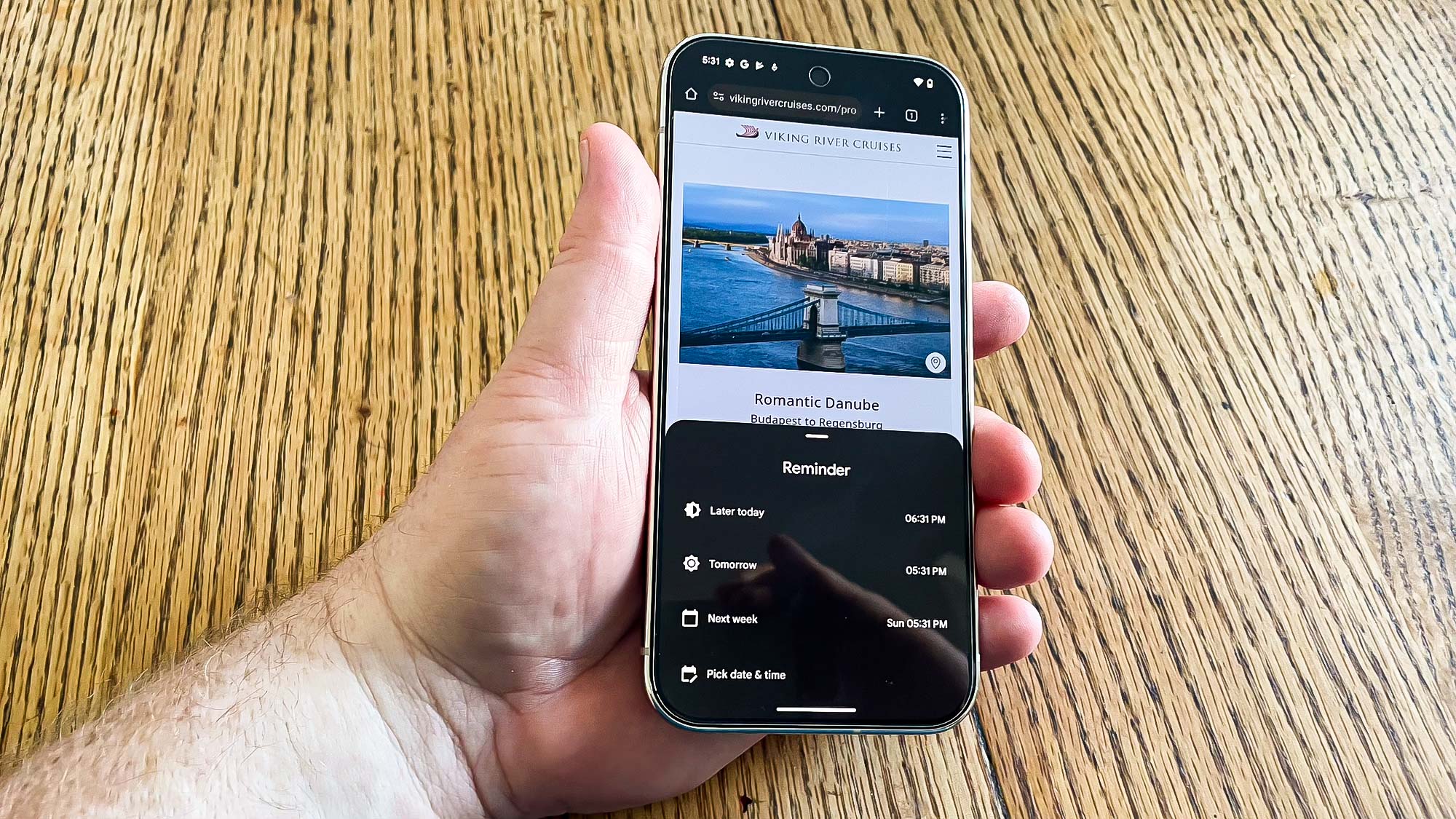
The Google Pixel 8 and 9 includes several great new AI editing features for the cameras, including the Magic Editor suite. The phone also comes with Best Take, which allows users to easily create the best image by combining different faces into one shot. But one really exciting AI-assisted feature exclusive to the Pixel 9 is Add Me, which uses AR guidance to snap photos that can swap the photographer into the shot.
Other new AI features found only on the Pixel 9 include the generative AI assistance of Pixel Studio to create sketches and images with a text description, Pixel Screenshots for recalling details, Reimagine to use a text description to edit parts of photos, and Google Gemini.
There's Audio Magic Eraser for cleaning up video audio, and the ability to summarize large volumes of text. There's also the Screenshot feature, which allows you to quickly save any information you want to remember by simply taking a screenshot.
Essentially this means that the Pixel 9 has all the features that we saw in the Google Pixel 8 Pro and then added more on top.
Both the Pixel 9 and the Pixel 8 offer 7 years of software support, which includes software and security updates. Google has also specified that these changes will include any replacement parts, which is great for customers as it will keep devices relevant for a while.
Google Pixel 9 vs. Pixel 8: Verdict

There is an argument that, in terms of hardware, there isn't a massive difference between the two Pixels. While the new screen is nice, it won't be all that noticeable for many people and the lack of any real camera upgrades will be a turn-off for many, especially with the price increase.
However, the new AI features are the real star of the show with the base model coming with more features than even the Pixel 8 Pro. If you want a phone that can do a little bit of everything then the Pixel 9 is clearly the better and upgrading is well worth it.
More from Tom's Guide
- Major One UI 6.1 update with Galaxy AI is coming to all of these Samsung phones
- Disney Plus could get free, ad-supported channels soon
- Best OnePlus phones of 2024

John’s a senior editor covering phones for Tom’s Guide. He’s no stranger in this area having covered mobile phones and gadgets since 2008 when he started his career. On top of his editor duties, he’s a seasoned videographer being in front and behind the camera producing YouTube videos. Previously, he held editor roles with PhoneArena, Android Authority, Digital Trends, and SPY. Outside of tech, he enjoys producing mini documentaries and fun social clips for small businesses, enjoying the beach life at the Jersey Shore, and recently becoming a first time homeowner.
